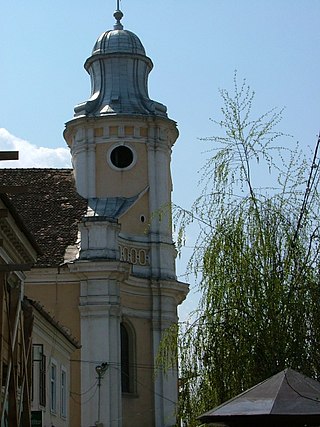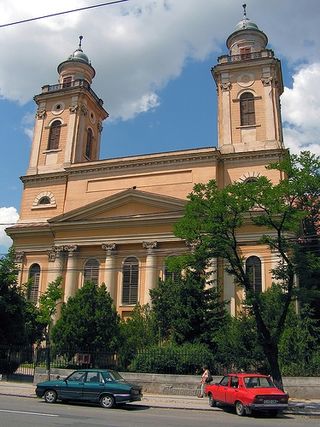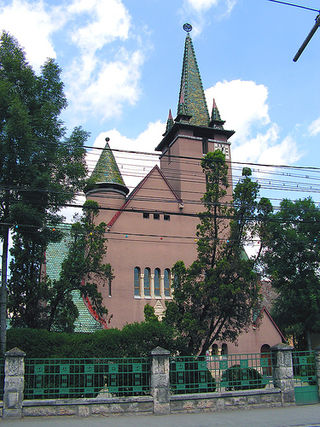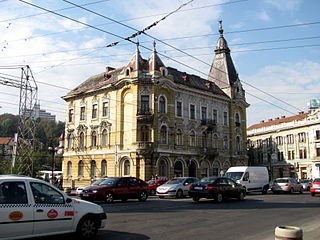16 Sights in Cluj-Napoca, Romania (with Map and Images)
Legend
Welcome to your journey through the most beautiful sights in Cluj-Napoca, Romania! Whether you want to discover the city's historical treasures or experience its modern highlights, you'll find everything your heart desires here. Be inspired by our selection and plan your unforgettable adventure in Cluj-Napoca. Dive into the diversity of this fascinating city and discover everything it has to offer.
Sightseeing Tours in Cluj-NapocaActivities in Cluj-Napoca1. Wooden church from Cizer
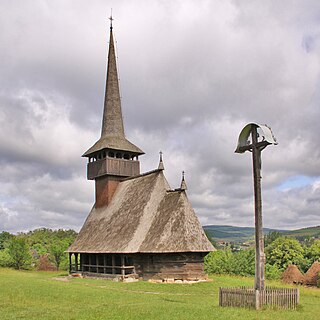
The wooden church in Cizer dates back to 1773 and has been preserved since 1968 in the "Romulus Vuia" National Ethnographic Park in Cluj-Napoca. From an architectural point of view, the church has technical, formal and decorative qualities due to which it is considered one of the most representative of the wooden places in Transylvania.
2. Saint Peter
The "Saint Peter" Church is a Roman Catholic church located on 21 December 1989 Blvd., no. 85, in Cluj-Napoca. The place was built in its current form in neo-Gothic style in the middle of the nineteenth century, on the foundation of an older church dating from the fifteenth century.
Wikipedia: Biserica Sfântul Petru din Cluj-Napoca (RO), Url Miserend
3. Statue of Saint George
The Statue of Saint George in Cluj is a historical monument, a copy of the Statue of Saint George in Prague, the original made by the Cluj craftsmen Martin and George at the end of the Middle Ages. The copy was made in 1904 by the sculptor József Róna, the pedestal being made by Kálmán Lux (1880-1961).
4. Dormition of the Theotokos Orthodox Cathedral
The Dormition of the Theotokos Cathedral is the most famous Romanian Orthodox church of Cluj-Napoca, Romania. Built in a Romanian Brâncovenesc style, a synthesis of Renaissance and Byzantine architecture, it lies on the Avram Iancu Square, together with the Cluj-Napoca National Theatre and the Avram Iancu Statue.
Wikipedia: Dormition of the Theotokos Cathedral, Cluj-Napoca (EN)
5. Ethnographic Museum of Transylvania

The Ethnographic Museum of Transylvania is situated in Cluj-Napoca, Romania. With a history of almost 100 years, the Ethnographic Museum of Transylvania is one of the first and greatest of its kind in Romania. It has two exhibition sections, one of which is to be found in downtown Reduta Palace, while the other exhibition section is the open-air Romulus Vuia Park situated on the city's north-west side, in Hoia Forest.
Wikipedia: Ethnographic Museum of Transylvania (EN), Website
6. Wooden church from Petrindu
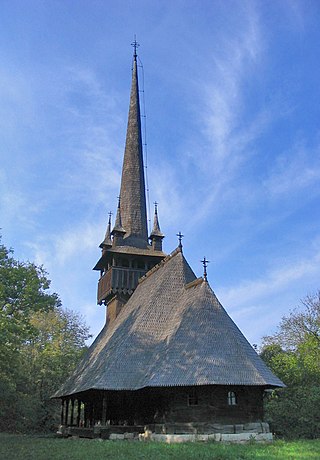
The wooden church of Petrindu in the homonymous locality in Sălaj county is found today in the "Romulus Vuia" National Ethnographic Park in Cluj-Napoca. The ecclesiastical construction is representative of the serf wooden churches in northern Transylvania built during the 18th century. Inside there is a valuable mural painting from 1835, signed by Dimitrie Ispas de la Gilău, one of the most famous Transylvanian painters. The church is on the new list of historical monuments under the LMI code: CJ-II-a-B-07461, which includes the Ethnographic Museum of Transylvania in Cluj-Napoca as a whole.
7. Wooden church from Chiraleș
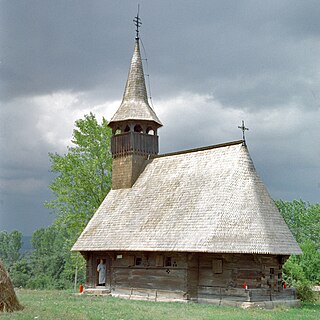
The wooden church in Chiraleș is an old Greek-Catholic church, which has been located since 1963, when it was restored, in the "Romulus Vuia" National Ethnographic Park in Cluj-Napoca. From an architectural point of view, the church has technical, formal and decorative qualities that recommend it as one of the most representative of the wooden places in Transylvania left from the 17th century. The church is on the new list of historical monuments under the LMI code: CJ-II-a-B-07461, which includes the Ethnographic Museum of Transylvania as a whole.
8. Evangelical-Lutheran Church
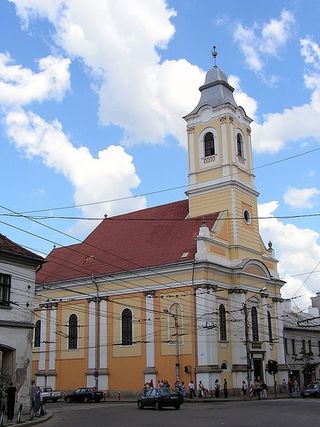
The Evangelical-Lutheran Synod-Presbyterian Church of Cluj-Napoca is a place of worship of the Evangelical Lutheran Church in Romania. The edifice is located in the municipality of Cluj, 21 December 1989 Boulevard, no. 1, and was built between 1816 and 1829, according to the plans of the architects Georg Winkler and Christian Kiermeyer. The construction harmoniously combines elements of the Baroque with the neoclassical style. The stones of the so-called Round Bastion were incorporated into its walls.
9. Central Cemetery
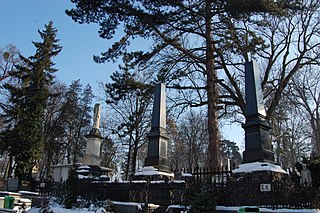
The Hajongard Cemetery on the former Butchers' Street, currently Avram Iancu Street, is one of the oldest cemeteries in Cluj-Napoca, established in the sixteenth century with the becoming too small of the cemetery that functioned around the Church of St. Michael in the city center. It is one of the most interesting tourist attractions of the city, being classified as a historical monument in the list of historical monuments in 2015, with the code CJ-IV-s-B-07839. It covers an area of approx. 14 hectares.
10. Resurrection Church (Bob Church)
The Bob church is the first Greek-Catholic church that was built in 1803 in the city of Cluj, Transylvania, at that time part of the Austrian Empire. The name of the church comes from the Romanian noble Ioan Bob, later bishop of the Romanian Greek-Catholic church, who paid for the construction of the church.
11. Piarist Church
The Piarist Church, initially known as the Jesuit Church in Cluj, respectively as the University Church, located on University Street no. 5, dedicated to the "Holy Trinity", is the first Catholic church built in Transylvania after the Protestant Reformation, at the same time the first ecclesiastical edifice in Baroque style in the former Habsburg province. The church was an architectural ensemble with the Jesuit academic college, on the site of which the central building of the "Babeș-Bolyai" University is located today. The place of worship presents a strong contrast between a monumental and sober architecture on the outside, and a well-ornamented, almost exuberant interior, a jewel of the Baroque style. In front of the church there was, until 1959, the statue of the Virgin Mary, a monument moved by the communist authorities behind the "St. Peter" Church in Cluj.
Wikipedia: Biserica Piariștilor din Cluj (RO), Website, Url Miserend
12. Transfiguration Greek-Catholic Cathedral
The Transfiguration Cathedral is a historical and architectural monument in Cluj-Napoca. The edifice was built between 1775 and 1779 in Baroque style. Since 1924 it has served as the cathedral of the Greek-Catholic Diocese of Cluj-Gherla. The church is located on the current Heroes' Boulevard, at no. 10.
13. Biserica Reformată de pe Ulița Lupilor
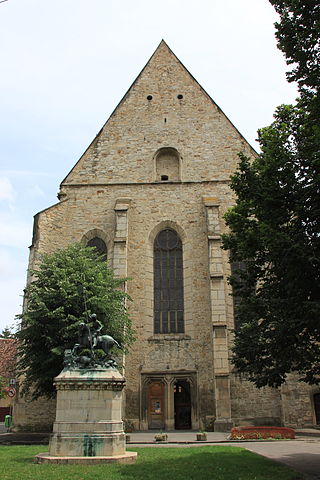
The Reformed Church on the Wolf Street in Cluj-Napoca, in the immediate vicinity of the Tailors' Bastion, is one of the most valuable Gothic edifices in Transylvania, being built between 1486-1516. The church is also known as the Central Reformed Church or the Reformed Church on Wolf Street. The name of the Wolf Street, one of the oldest streets in Cluj, is mentioned in medieval documents as Platea Luporum. After the Union of Transylvania with Romania, the name of the Wolf Street was changed to "Mihail Kogălniceanu Street", which has remained the official name of the street to this day.
14. Biserica Reformată-Calvină din Orașul de Jos
The Calvinist Reformed Church in the Lower City, also called the Reformed Church with 2 towers, located on 21 December 1989 Blvd. no. 41, is one of the symbolic edifices of the city of Cluj-Napoca, being classified as a historical monument, with the code LMI CJ-II-m-B-07264.
15. Biserica cu Cocoș
The Reformed Church with Rooster is a historical and architectural monument, the work of the architect Károly Kós. The edifice was built in the years 1913-1914 in the style of the Viennese Secession. It is located on Moilor Street no. 84, in the municipality of Cluj-Napoca. The southern tower of the church is decorated at the top with a rooster, from which the name of the edifice also comes.
16. Palatul Berde
The Capricorn Palace of Cluj was built in 1896-97 on the northwestern Hidei corner of Szamos Bridge, under number 1 on the former Nagy Street. Widow Józsefné Oriold, born Anna Szigeti began to build in 1896, and after becoming the wife of Lajos B. Bak, the apartment building, completed in 1897, was referred to as a Bak-Palace, although it was always by his wife. After the death of Lajos Bak in 1907, his widow married József Irsay I. Therefore, the apartment building was also called Oriold and Irsay Palace. The Berde and Benigni Palace is completely incorrect, as is listed in the CJ-II-M-B-07346 numbers in the list of Romanian monuments. The Benigni Palace is the opposite, Nagy Street 2, which was built in 1891, the first of the four palaces around the Szamos Bridge.
Share
Disclaimer Please be aware of your surroundings and do not enter private property. We are not liable for any damages that occur during the tours.


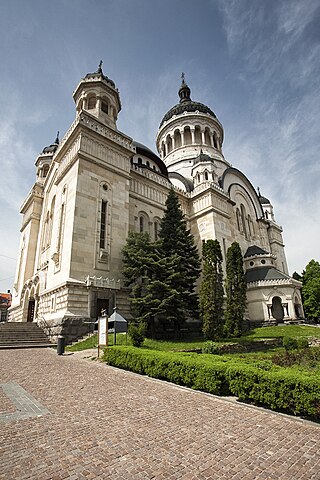
.jpg)

